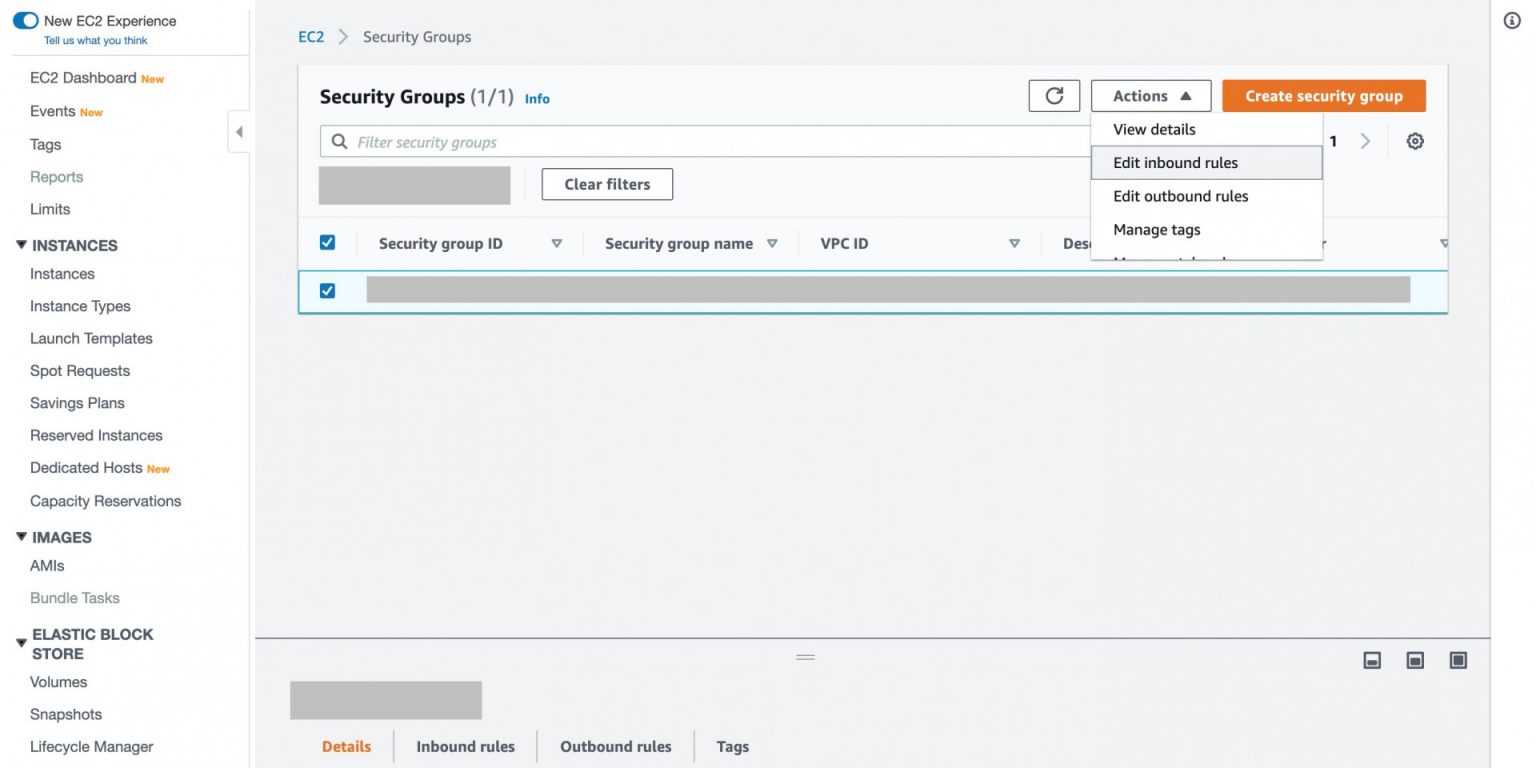

All data is automatically replicated across multiple Availability Zones within AWS Regions to provide built-in redundancy and high availability. DynamoDB availability and durabilityĭynamoDB is a highly durable and available database. Amazon RDS is available on Amazon Elastic Compute Cloud (Amazon EC2) and is integrated with Amazon Simple Storage Service (Amazon S3), Amazon Virtual Private Cloud (Amazon VPC), and Amazon CloudWatch, providing a complete solution for database management in the cloud. It provides cost-efficient and resizable capacity while automating time-consuming administration tasks such as hardware provisioning, database setup, patching, and backups. Amazon RDS makes it easy to set up, operate, and scale a relational database in the cloud. Amazon RDS vs DynamoDB availability and durability Amazon RDS availability and durabilityĪmazon RDS is a cloud-based relational database service that supports a variety of database engines, including MySQL, MariaDB, PostgreSQL, Microsoft SQL Server, Oracle, and Amazon Aurora.

This enables DynamoDB to maintain consistent performance as the size of your data grows. As the number of requests increases, DynamoDB increases the number of capacity units allocated to your table. DynamoDB performanceĭynamoDB automatically scales throughput capacity to meet the demands of your applications. This allows you to focus on developing your application rather than managing the infrastructure. When the load decreases, RDS will remove resources accordingly. RDS will automatically add more resources to maintain performance when your application’s load increases. RDS performance scales automatically to meet the needs of your application. DynamoDB is less costly but has fewer features and flexibility. RDS is more expensive than DynamoDB but offers more features and flexibility. In contrast, DynamoDB is intended for use with non-relational databases. The main difference between the two services is that Amazon RDS is designed for use with relational databases.

Amazon RDS vs DynamoDB storage sizes Amazon RDS storage sizeĪmazon RDS can use the Amazon Aurora engine, with up to 128 TB and 64 TB of storage space for MySQL, MariaDB, Oracle, and PostgreSQL engines.

It offers high availability out of the box with no need for setup or configuration.Primarily, DynamoDB features flexibility, scalability, and performance.Amazon RDS provides a cost-effective way to manage relational databases in the cloud.Amazon RDS makes it easy to set up, operate, and scale a relational database in the cloud.Amazon RDS allows you to scale your database instances’ storage size and performance.Amazon RDS supports multiple database engines, including Amazon Aurora, MySQL, MariaDB, Oracle, Microsoft SQL Server, and PostgreSQL.Amazon RDS vs DynamoDB features Amazon RDS features NoSQL databases are based on the non-relational or ” NoSQL ” model, which stores data in documents with keys and values. SQL databases are based on the relational model, which organizes data into tables with rows and columns. NoSQL databases are non-relational databases that store data in various formats, including JSON, XML, and Binaries. SQL databases are relational databases that store data in table format. NoSQL databases are non-relational databases that use various means for storing data. SQL databases are relational databases that use structured query language for storing and retrieving data. This post covers 12 significant differences between Amazon RDS and Amazon DynamoDB that you should know about. At the same time, Amazon Dynamo Database (DynamoDB) is a fully managed NoSQL Database, all offered by Amazon Web Services (AWS).Ĭloud Academy has hands-on-code courses on Amazon DynamoDB and courses on Amazon RDS. Amazon Relational Database Services (RDS) is a relational database.


 0 kommentar(er)
0 kommentar(er)
